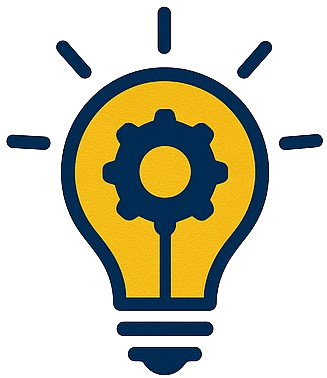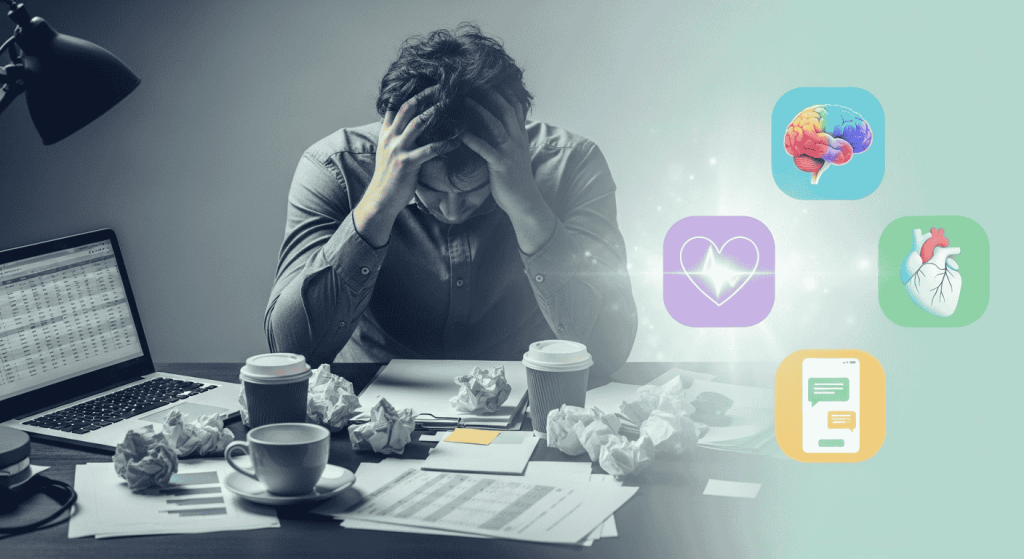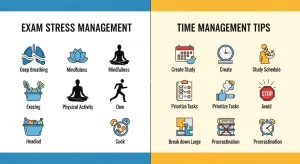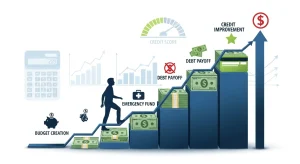🧠 Introduction: The Silent Crisis of Workplace Burnout
In today’s fast-paced corporate world, workplace burnout has become a widespread issue affecting professionals across all industries. Long hours, high expectations, lack of recognition, and limited personal time can gradually erode mental well-being, leading to chronic stress, fatigue, and disconnection from work.
Thankfully, awareness of mental health support in the workplace is on the rise. Employers and employees alike are recognizing the importance of nurturing a mentally healthy work environment that supports both performance and well-being.
⚠️ What Is Workplace Burnout?
Workplace burnout is a state of emotional, physical, and mental exhaustion caused by prolonged and excessive work-related stress. It’s now recognized by the World Health Organization (WHO) as an occupational phenomenon.
🔍 Common Symptoms of Workplace Burnout:
-
Constant fatigue and energy depletion
-
Reduced productivity and motivation
-
Increased mental distance from the job
-
Irritability or negative outlook
-
Trouble sleeping or concentrating
Digital Mental Health Platforms: Revolutionizing Mental Wellness
💼 Causes of Workplace Burnout
Understanding the root causes of burnout can help individuals and organizations create proactive strategies.
| Causes of Burnout | Description |
|---|---|
| Unmanageable workloads | Unrealistic expectations, long hours |
| Lack of control | No autonomy over tasks or schedules |
| Poor communication | Unclear expectations, lack of support |
| No recognition | Feeling undervalued or invisible |
| Work-life imbalance | Limited time for rest or personal life |
| Toxic workplace culture | Negative or hostile environments |
🛠️ Mental Health Support Strategies in the Workplace
Implementing mental health support systems is key to preventing and recovering from burnout.
✅ For Employers:
-
Promote a healthy work-life balance
-
Offer flexible working hours or remote options
-
Provide access to mental health resources (e.g., counseling, helplines)
-
Encourage open conversations about mental health in the workplace
-
Recognize achievements and foster inclusion
✅ For Employees:
-
Set clear work-life boundaries
-
Use breaks to disconnect and recharge
-
Seek support from HR or a mental health professional
-
Practice self-care: sleep, exercise, healthy eating
-
Use stress management techniques such as meditation or journaling
Virtual Classrooms & Digital Tools: Transforming Modern Education
💡 How Employers Can Build a Culture of Wellness
Creating a culture of mental wellness doesn’t happen overnight, but small steps can make a big difference.
Workplace Mental Health Programs Should Include:
-
Employee Assistance Programs (EAPs)
-
On-site or virtual therapy options
-
Mental health days or recharge leave
-
Burnout prevention workshops
-
Anonymous feedback systems
When employees feel safe, heard, and supported, overall morale, retention, and productivity improve significantly.
📱 Best Digital Tools for Mental Health Support at Work
| Tool/App | Features | Best For |
|---|---|---|
| Headspace for Work | Meditation, mindfulness, and stress relief | Teams and individuals |
| Talkspace | Online therapy and psychiatric support | Confidential employee support |
| Calm Business | Sleep, focus music, mindfulness tools | Corporate wellness programs |
| BetterUp | Coaching and leadership development | Career and emotional growth |
These platforms offer practical, on-demand help for managing work-related stress and building emotional resilience.
🙋♀️ FAQ: Workplace Burnout & Mental Health Support
1. How do I know if I’m experiencing workplace burnout?
Common signs include chronic fatigue, disconnection from your job, reduced productivity, and physical symptoms like insomnia or headaches.
2. What can employers do to reduce burnout?
Employers should offer flexible work options, prioritize mental health resources, and foster open communication around stress and mental wellness.
3. Can therapy help with work-related stress?
Absolutely. Speaking to a therapist—either in-person or via digital platforms—can help process workplace pressures and develop healthy coping mechanisms.
Child Health & Nutrition: A Parent’s Ultimate Guide
📢 Call to Action
Don’t let burnout go unchecked. Explore the best mental health support platforms and take control of your well-being today.
🔚 Final Thoughts: Normalize Mental Health at Work
Burnout isn’t a weakness—it’s a signal that something needs to change. Whether you’re a manager or an employee, embracing mental health support and prioritizing well-being in the workplace is a win-win for everyone.
By recognizing the signs, addressing the causes, and making proactive changes, we can create work environments that are not only productive but also humane.











